Getting your hands dirty: How to build a contemporary chickadee nest box
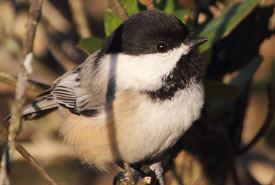
Black-capped chickadee (Photo by Bill Hubick)
Ever since I started working for the Nature Conservancy of Canada (NCC), where I was exposed to the world of conservation science and communications, I grew fond of birds and wanted to share this newfound interest with my family. My dad was an...
Five ways to save a lake
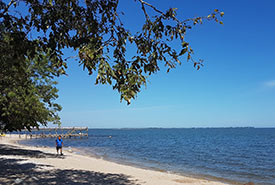
Lake Winnipeg (Photo by Christine Chilton/NCC staff)
There has been a lot of bad news lately about Lake Winnipeg. Algae blooms occur regularly, and zebra mussels are settling into their new home. Lake Winnipeg was named the world’s most threatened lake in 2013 by Global Nature Fund, and some...
Beak to beak: The importance of Bird and Biodiversity Areas and Migratory Bird Sanctuaries
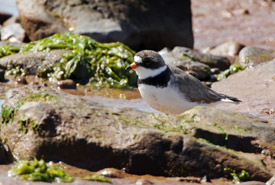
Semipalmated plover, Johnson's Mills, NB (Photo by Mike Dembeck)
Protecting land is critical to the survival of Canada’s natural world. With approximately 80,000 known plant and animal species, many of which are in decline, it is no wonder that the protection of wildlife habitat has never been more...
How protecting water and land on Covey Hill helps Quebec’s salamanders
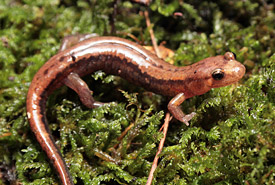
Allegheny mountain dusky salamander (Photo by Frédérick Lelièvre, Quebec Government)
Deep in the rolling knolls of the Nature Conservancy of Canada’s (NCC’s) Covey Hill in Quebec are underground water sources, bursting through the land’s surface. These streams and rivers provide habitat for many animals,...
Wildlife are found where they eat
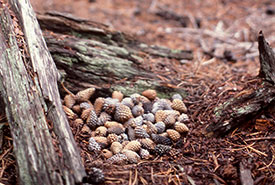
Red squirrel cache (Photo by J. Schmidt/U.S. National Parks Service)
Middens are one of my favourite things to point out during a nature hike. Although more noticeable in the winter, they are a great way to see evidence of the presence of wildlife in an area, in every season. You might be thinking, “What the...
Buzzing down the house: Determining the habitat for declining bumble bees
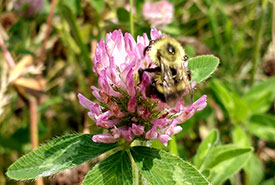
Bumble bee foraging on red clover (Photo by Amanda Liczner)
Bumble bees are important pollinators of crop plants and wild plants. Unfortunately, bumble bee species are declining globally. These declines are likely due to several factors, including climate change, a pathogen spread from imported bees,...
NCC's Pelee Island fox squad on a mission to clean up Ontario's deep south
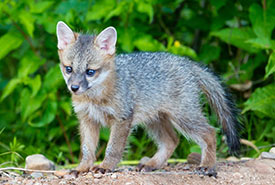
Gray fox pup (Photo by Ken Canning)
Making homes for Ontario’s rare and elusive gray fox takes a lot of work. In the fall of 2017, the Nature Conservancy of Canada’s (NCC’s) Pelee Island fox squad travelled to the island in the province’s deep south to do...
Parenting tricks from the wild
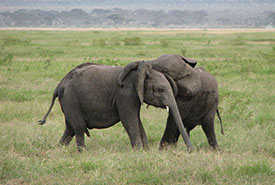
Baby elephants playing (Photo by Wikimedia Commons)
Parents everywhere would agree that raising children is no easy feat. New challenges come with every stage of development, from the newborn stage of learning how to eat and sleep, to the more advanced skill of communication. It wasn’t until...
My 2017 Ontario birding “Big Year”
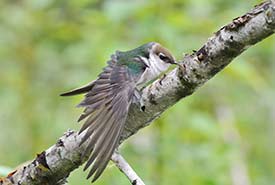
Violet-green swallow at Thunder Bay Marina, Ontario's third ever record of this species. (Photo by Jeremy Bensette)
Last year was a pretty “big” one for me, birding-wise! I committed to completing a "Big Year," a quest to see as many bird species as possible in one year in my beautiful home province of Ontario, and held onto that goal until dark on...
Ten of nature's weirdest courtship rituals
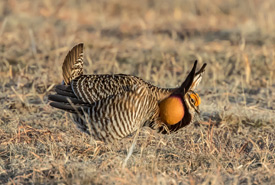
Greater prairie chicken (Photo by Ron Knight/Wikimedia Commons)
Much like humans, other animals have evolved ways of wooing or courting potential mates, whether it’s singing a love song, doing a sensual dance or giving a thoughtful gift. With love in the air this Valentine’s Day, here are 10...

